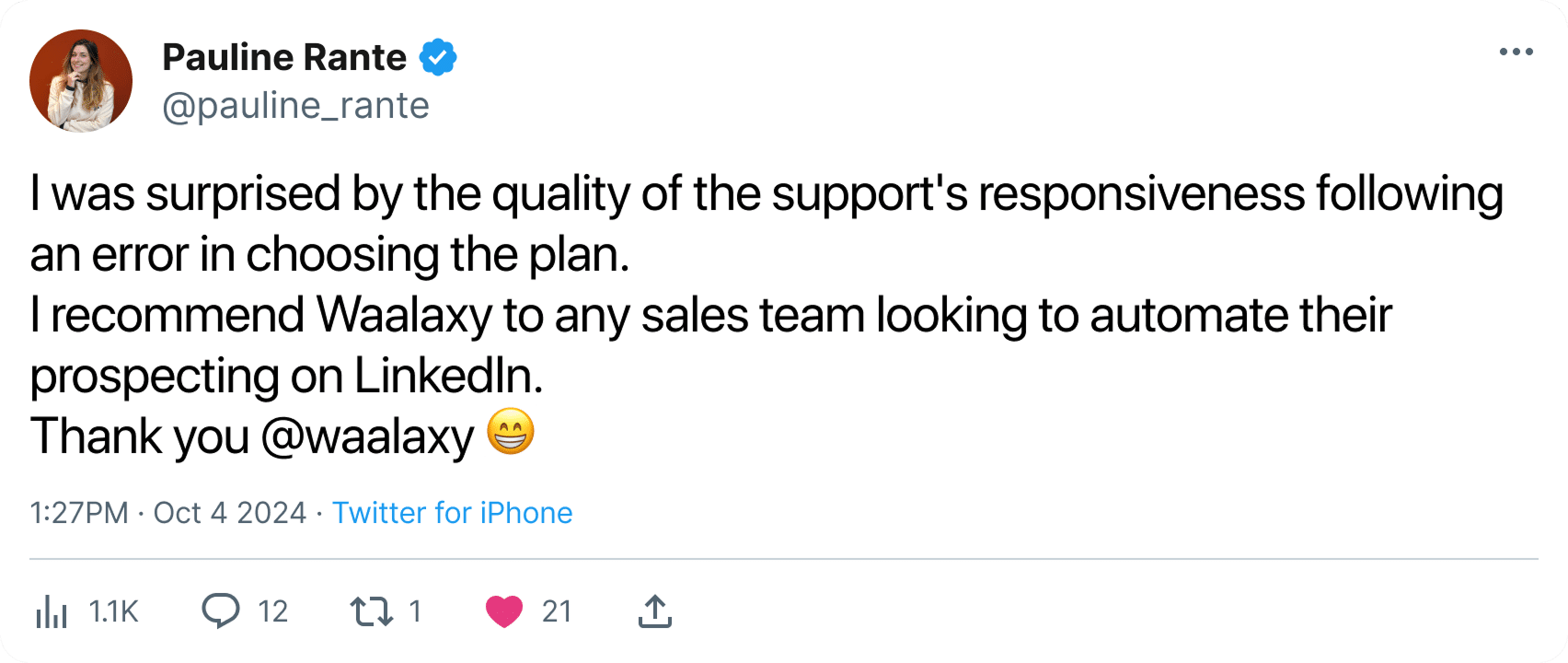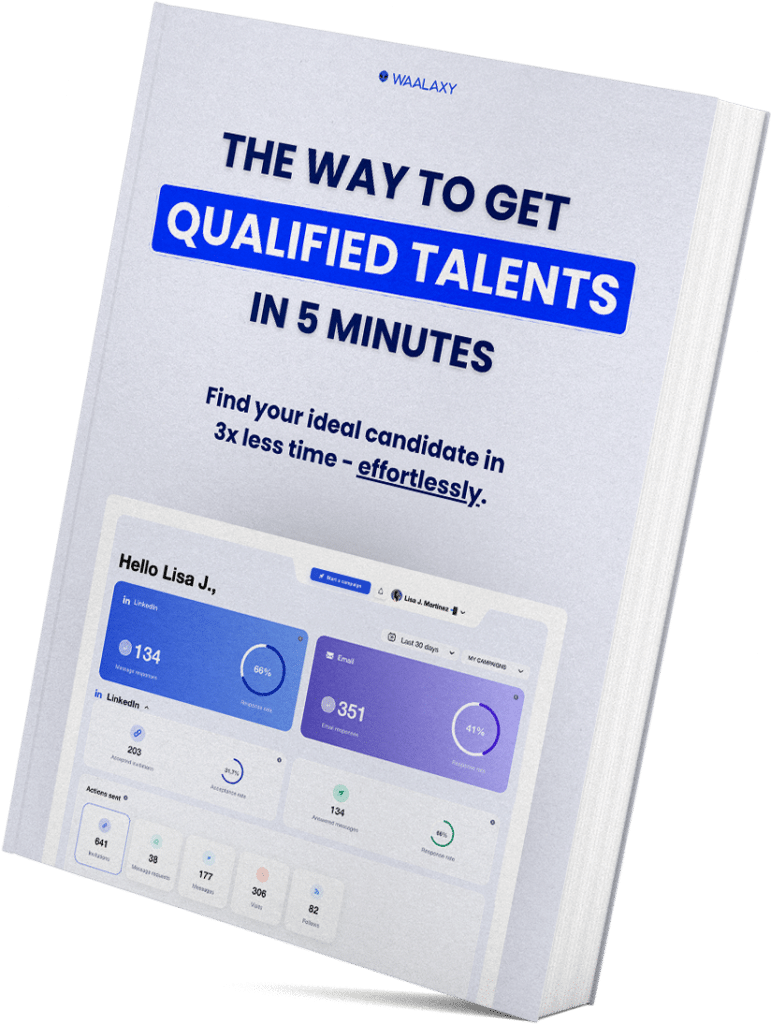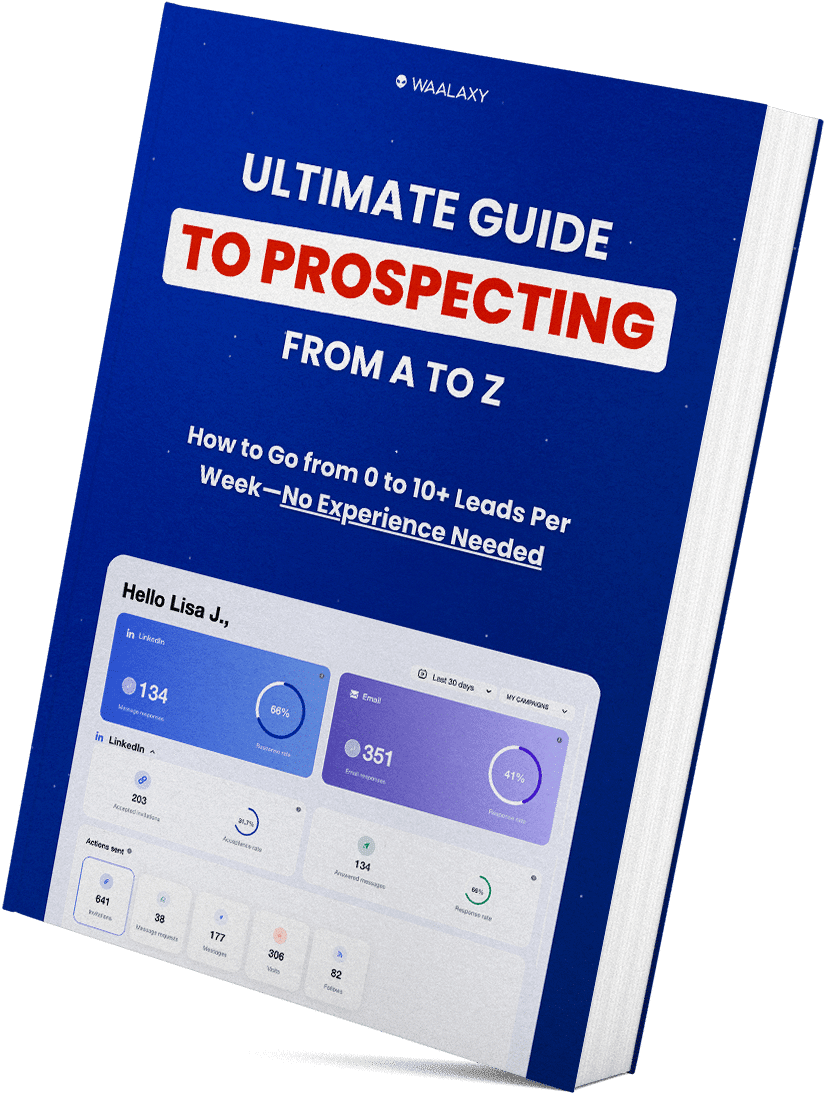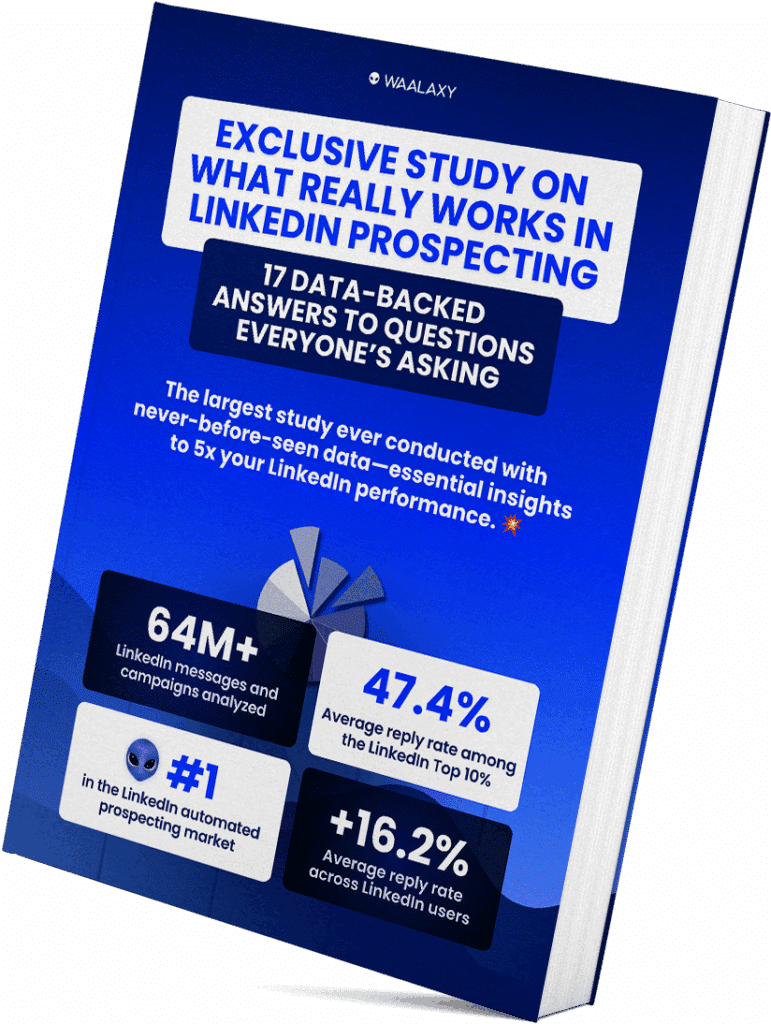The marketing funnel is an important part of your digital strategy. 🌞
Get used to the idea: at least 90% of the leads that make up your market have no intention of buying anything from you. In fact, a good part of them are not even aware of the need that your solution can solve.
Just to clarify, it would be a misnomer to imply that 10% of your market is ready to sign up at any time. It is an order of magnitude, but the real numbers, although impossible to calculate, are usually much lower.
But then, what to do? You have two growth marketing options:
- 👉 Move on from 95% of your audience to focus on the 5% that would, theoretically, have a chance to convert? (And deprive yourself of the 95% who might, one day, do the same).
- 👉 “Educating” the market with lots of content in hopes of making them aware of their problem?(And deprive you of the 5% who have a purchase intention at T-time.)
What is a marketing funnel?
Whether you’re a Growth, Marketer or Sales person, this is a crucial model for defining the nature, scope, and audience of your acquisition actions. 🎯
Visualize your conversion path as a funnel, in which the lead descends, until it becomes a customer, then a brand ambassador.
There are hundreds of different marketing funnels, so much so that each business has its own marketing funnel.
Marketing funnel stages template
Nevertheless, we can identify 3 stages of the marketing funnel that can be found within each of them (see the marketing funnel template below):
- Upper funnel marketing / Upper (or TOFU), which refers to the portion of an audience that has only partial knowledge of the business and its value proposition. This condition can be coupled with a lack of knowledge of their own needs. This is referred to as “cold leads”. ❄️
- Mid funnel marketing (or MOFU), which designates an audience that is increasingly interested in the business and its value proposition. This state is characterized by the completion of one or more actions that lead to a more advanced relationship (positive response to an email, download of a lead magnet, request for a contact…). 🚦 These are called “lukewarm leads”.
- Lower funnel marketing / Bottom (or BOFU), which designates warm leads, 🔥 i.e., leads ready to buy with whom a need has been clearly identified and with whom collaboration opportunities are being studied.

The passage from one stage to the next is determined by the lead’s performance of a specific action, which characterizes a growing interest. This is called the conversion SMART goals. Each component of your funnel must lead your audience to the next conversion objective, up to the act of buying. 🛒
You’ve got it: each step of the funnel is full of opportunities and must be considered as a growth lever in its own right.
Marketing Funnel Strategy
The relevance of these growth levers in a given context will vary according to the business.
Some will play the efficiency card, trying to have the most linear marketing funnel possible. This is the approach favored, for example, in infopreneurship, by focusing efforts on the most targeted audience possible.
Others will play the awareness card, maximizing volumes at the top of the funnel. This is the case, for example, with Ahrefs or HubSpot, whose content strategies are recognized as among the most powerful.
Another thing to note: a company is not captive to a single funnel. Several marketing funnels can coexist depending on the issues, the product catalog and the target market(s). Furthermore, learn more about marketing strategy. 👀
Top of marketing funnel : TOFU
Thus, different approaches will be preferred:
New TOFU leads will be worked through content sharing, to educate them and create a qualitative first interaction.
A qualitative and correctly executed content strategy is therefore crucial. It is what will give visibility, legitimacy, and authority to your brand. 🤩
In a more linear approach, targeted lead acquisition campaigns (Ads, outreach, Account-Based Marketing, Event-based Marketing, etc.) are preferred.
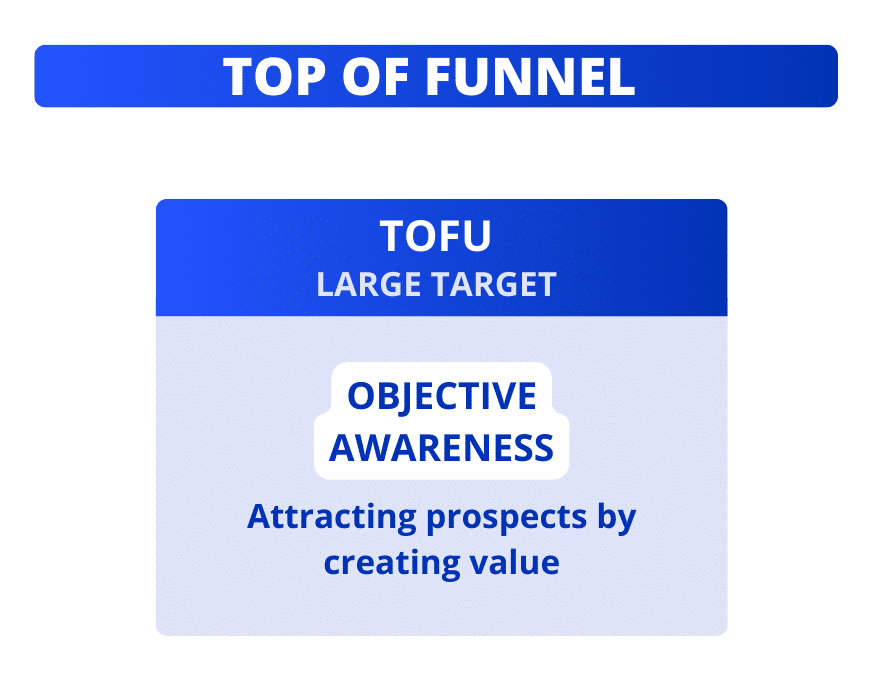
Middle of the marketing funnel : MOFU
MOFU leads will be worked on through a more personalized approach and more focused on their problematic.
This is known as lead nurturing, which aims to provide a continuous and relevant flow of qualitative information to the prospect to accompany him as he gradually moves down the marketing funnel. 🏹
In other words, in their decision-making process.
A multitude of tools and practices can be relevant. Retargeting (Facebook Ads) or remarketing (Google Ads) are two particularly powerful tools to warm up a lukewarm audience and bring it into an optimized conversion path.
- Email marketing funnel, with sequences optimized for conversion and tools such as Waalaxy can also be very effective. In the same idea and to go even further, in automation,
- Along the same lines, and to take automation even further, the tool offers Marketing Automation solutions that can be extremely useful, with no database required.
- The use of targeted landing pages (with tools such as Webflow, Landn or Dorik), written with conversion in mind, are also very useful to convert a lukewarm lead into a prospect.
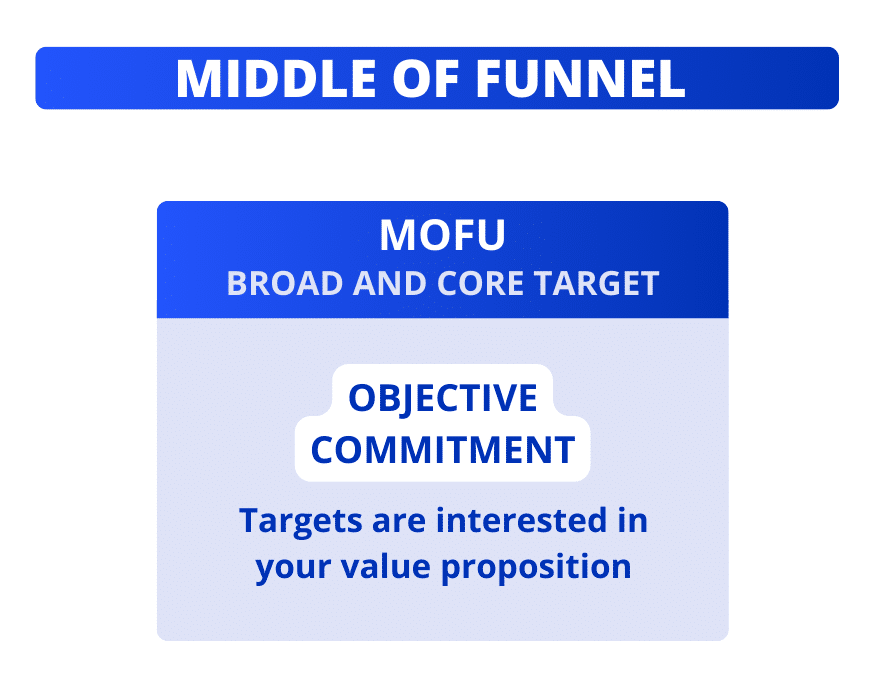
Bottom of the marketing funnel : BOFU
BOFU leads will be worked on much more intensively, with more frequent interactions to optimize conversion.
This depends on your business plan and the philosophy of your company.
If your company is sales-based, i.e., if salespeople are responsible for the final sale, the objective at this stage is to generate appointments with them.
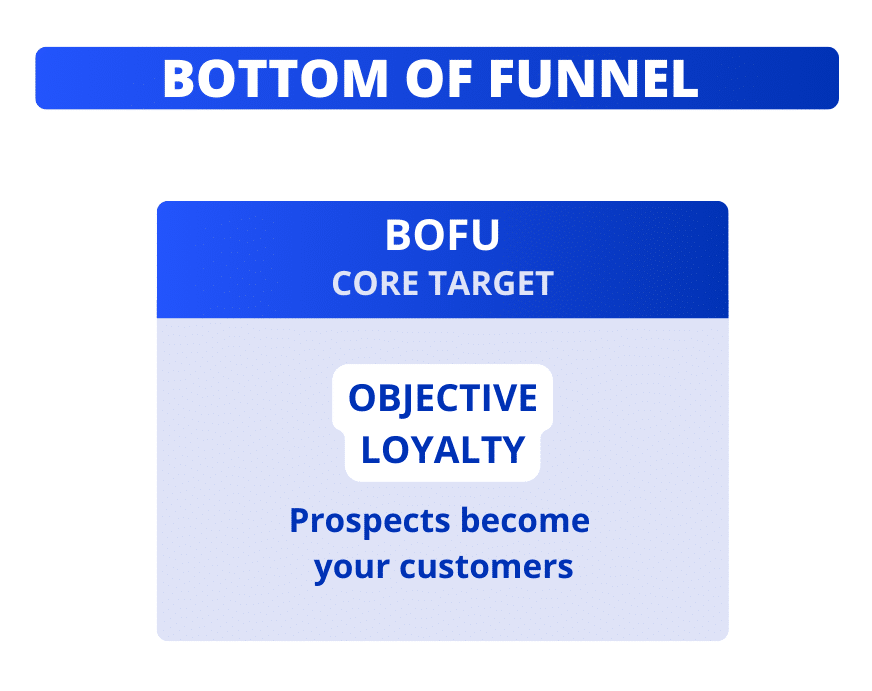
Best tools for your marketing funnel
Qualification tools such as Typeform or Jotform, and appointment setting tools such as Calendly or YouCanBookMe are good options to automate the work as much as possible.
Furthermore, direct approach (by email, phone, or LinkedIn) on leads identified as hot can be very effective. 💯
If your company is product-based or marketing-based, i.e. if the conversion must be done through the use of your product or your content, without individual human intervention, you will have to work on your copywriting and your product.
In order to raise objections and give a maximum of reassurance elements to generate a conversion.
Digital Marketing Funnel Example
The first step in any work on your digital marketing funnel is to transcribe it in black and white. This marketing approach allows you to visualize its components, their interactions, optimization points and new opportunities. 🎣
The best tool to do this is Funnelytics. The tool allows you to model your conversion path, step by step. 👇 Here is, for example, the marketing funnel of Waalaxy:
On the right is the BOFU. At this stage, Sales takes over to qualify, advise and accompany the hot leads, i.e. leads that have filled out a form and/or made a phone appointment. 📞
Once you have mapped your marketing funnel, all you need to do is calculate the conversion rates from one step to the next in order to identify the flows. The objective: to identify possible losses.
A good conversion rate from TOFU to BOFU is around 5% to 15%. However, this rate may vary from one business to another.
So handle these figures with care. Being fully aware of these figures will allow you to manage your flows according to your objectives.
For example, if you know that a TOFU audience of 1000 will ultimately generate 75 BOFU leads (7.5% conversions), you will know that you need 4000 TOFU leads to generate 300 BOFU leads.
Marketing Funnel & Marketing Automation
It is totally possible to set up a precise marketing funnel and add automated actions to gain efficiency. In any case, this is now done in 99.9% of the cases.
It is very simple to set up:
- For a series of Newsletters, you have Mailchimp.
- For a Cold Email series or multichannel action, you can use Waalaxy.
Here is a typical example of a fully automated scenario:
- You publish posts on LinkedIn to target your future B2b leads,
- Each person who interacts on your posts is automatically imported into your CRM.
- You only write LinkedIn + Emails messages in advance that you customize.
- The Waalaxy tool, thanks to the mail finder, finds the professional email address of your contacts, only thanks to the LinkedIn URLs.
You find yourself automatically contacting people on multiple channels who are interested in your offers.
Bingo. 😜 Here are some possible scenarios, and this is just the buried part of the Iceberg. 🧊
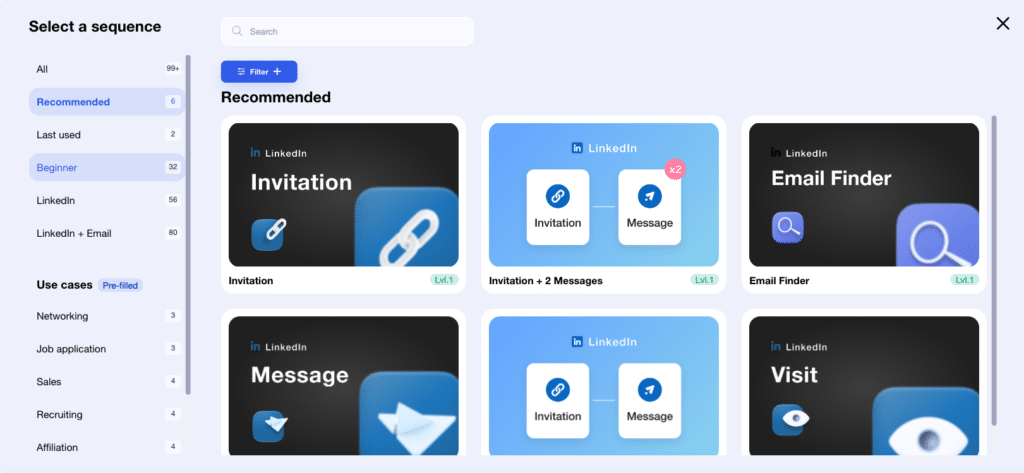
Conclusion
For the marketing funnel, as in any other practice, we come back to the basics: ⏬
- A good knowledge of your market and your audience,
- A focus on iteration and testing to continuously optimize,
- Quality content, focused on value added and relevance.
Nevertheless, remember that the simpler, the better. The objective of a marketing funnel is not to be the most comprehensive, but the most effective.
So try to optimize each brick as much as possible before implementing new ones. ⚡
Frequently Asked Questions (FAQ)
🏁 To conclude, here are the answers to the most frequently asked questions about the marketing funnel. 👇🏼
Why use a marketing funnel?
As a reminder, a conversion funnel marketing is a bit like a funnel with several actions that take the prospect from the widest point to the tightest. Each action aims to bring the prospect a little closer to the purchase action.
The goal is not to frustrate or hurry him in his buyer journey, that’s why we don’t do direct approach, considered too aggressive on the web. 🌐
Not to be confused (check out our dedicated article to understand the difference) with : 👇🏼
How to build a marketing funnel?
To make a good marketing funnel, you first need to identify which actions will convert the best according to your lead. Here are some examples of what you can do: 👇
- Work on the research of your marketing personas on LinkedIn and on other channels (sometimes there are several).
- Focus on inbound marketing funnel by creating content that generates leads (LinkedIn posts, white paper…).
- Use ADS (LinkedIn Ads, Google, YouTube) to make your landing or blog more readable.
- Optimize your website’s SEO and publish SEO content frequently.
- Create lead magnets: banners on your sites, targeted call to action.
To get to know your prospect as well as possible, the best thing to do is to create as many A/B marketing tests as possible.
What are the 4 major phases of marketing funnel?
The marketing funnel works like this:
- 😎 The visitor enters the site or blog through SEO and/or SEA.
- 💰 He becomes a prospect thanks to levers on the site (call-to-action, white paper…)
- 🤑 He is interested enough and therefore buys a product.
- 🌀 If the user experience is good, he will repeat his purchases. (Example of Amazon, which simplifies the purchase path as much as possible).
- 📣 He ends up promoting the brand to his peers. In B2b, with his customers, providers, or associates.
How does a marketing funnel work?
Of course, the steps I just presented are theories.
In practice, you have to measure your KPIs to see where you are losing customers, (between which steps) and try to reduce the loss by implementing new actions.
It’s like if your marketing funnel is constantly drilled, and you try to patch the holes by testing materials, once you find the right material for the right hole, we move on to the next one. 🖖
And there you have it, you know all about the marketing funnel, you can get started!



